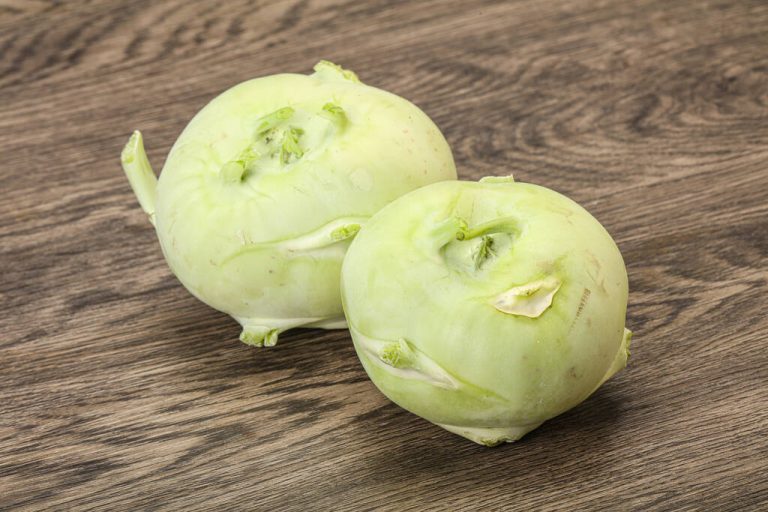Kohlrabi is healthy and delicious. Here you can find out which nutrients kohlrabi contains and what you have to consider when preparing it so that it retains its vitamins.
Kohlrabi, also known as turnip, originally comes from the Mediterranean region. Today, however, kohlrabi is considered a typical German vegetable. No wonder, because it is grown in many white or blue varieties in this country. In spring you get fresh kohlrabi from the early harvest. It can only be stored for a few weeks, in contrast to the autumn kohlrabi. You can store the early kohlrabi without the leaves in the crisper of the refrigerator for about a week.

Kohlrabi: many healthy ingredients
Like many vegetables, kohlrabi is mostly water. Its calorie content of 24 kilocalories per 100 grams is correspondingly low. The calories come mainly from carbohydrates (about six percent) and proteins (about two percent). In addition, however, kohlrabi contains many vitamins and minerals, namely:
Vitamin C (62)
Vitamin A (carotene, 0.02)
Vitamin B1 (0.05)
Vitamin B2 (0.02)
niacin
Vitamin B6 (0.15)
and the minerals:
Potassium (380)
Calcium (24)
Phosphorus (46)
Magnesium (19)
iron
Selenium (just under a microgram)
The figures given are in milligrams per 100 grams. All nutritional values are from the database
The nutrient content in the green leaves of the kohlrabi tubers is particularly high, for example the leaves contain more vitamin A than the tubers. So it’s worth adding the leaves to a salad or smoothie.

Kohlrabi: It depends on the preparation!
The B vitamins and vitamin C contained in kohlrabi are water soluble. This means that some of them are lost during cooking. Kohlrabi is healthier if you eat it raw and with the leaves. You should also peel as little of the kohlrabi as possible

